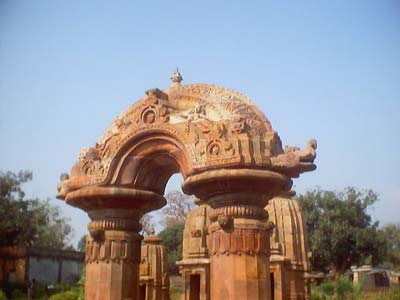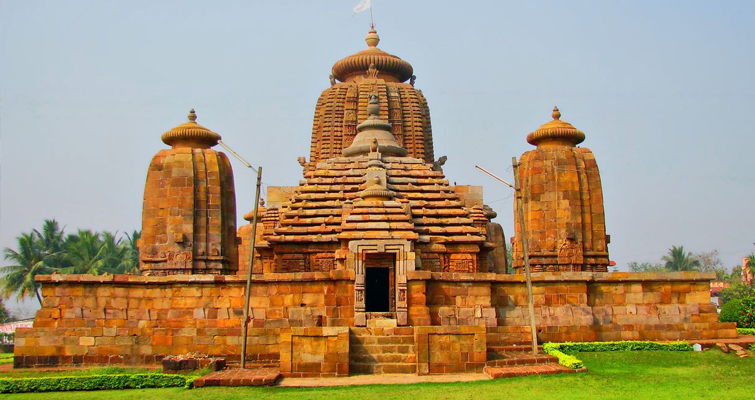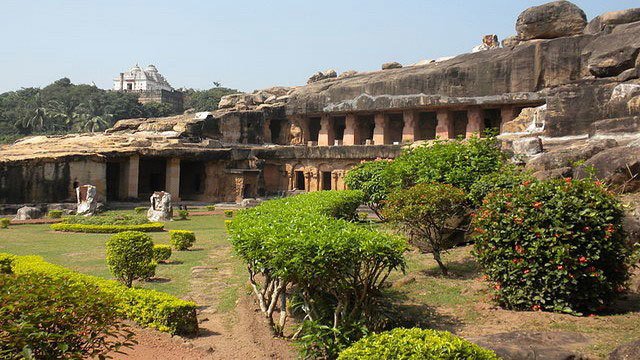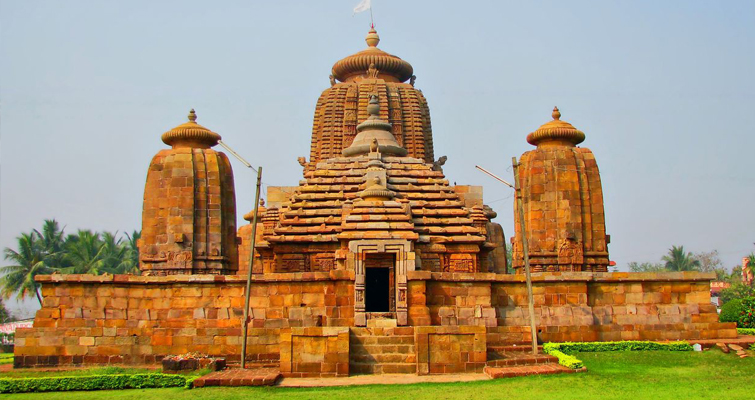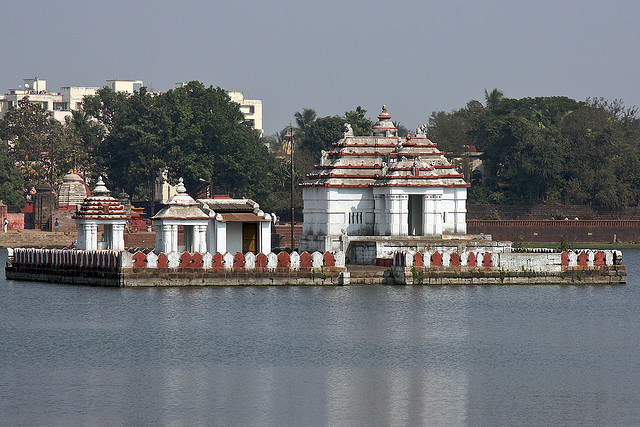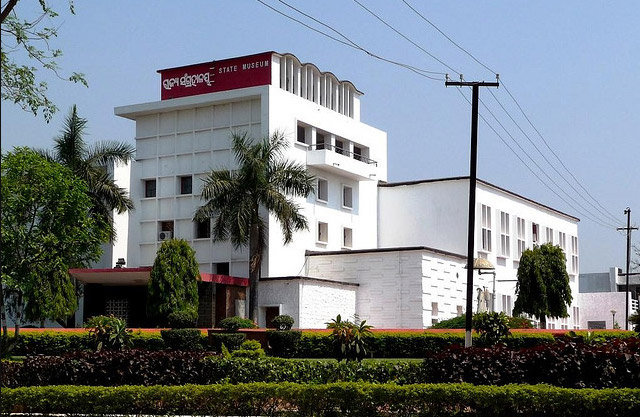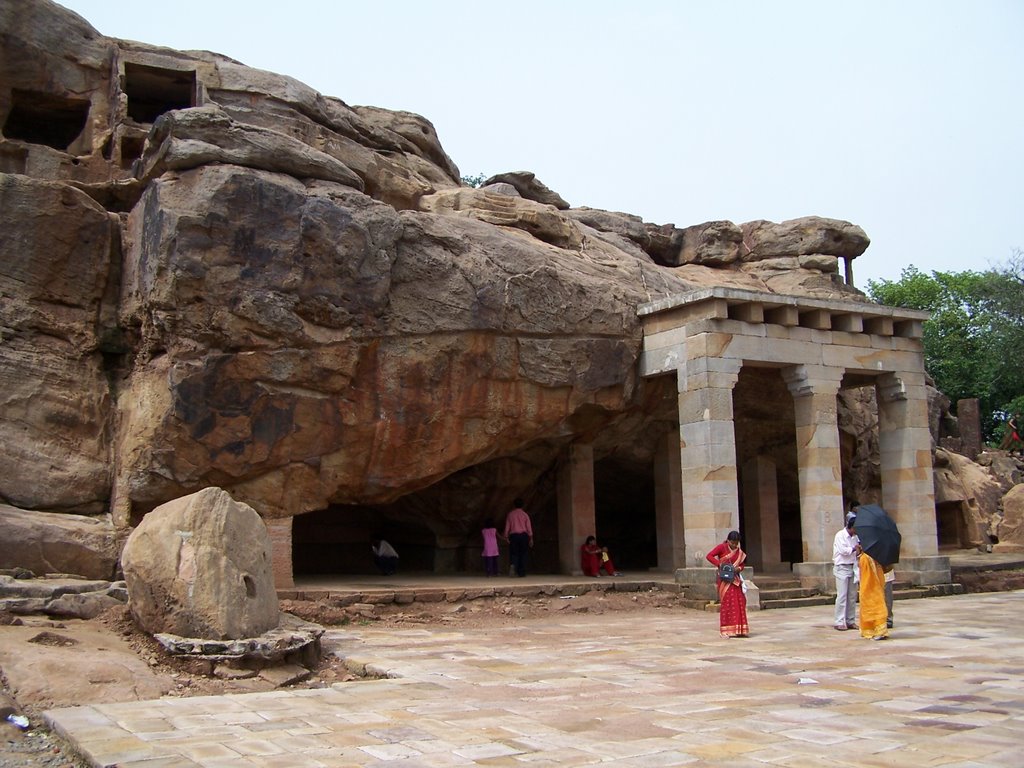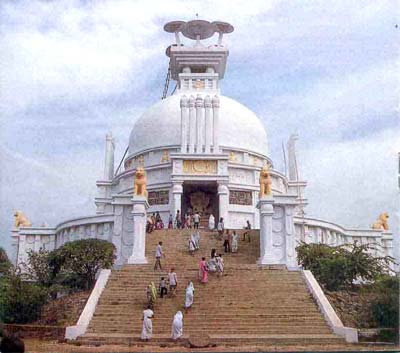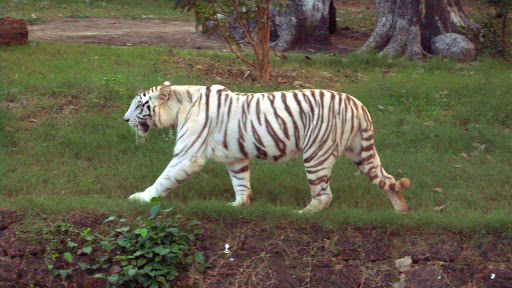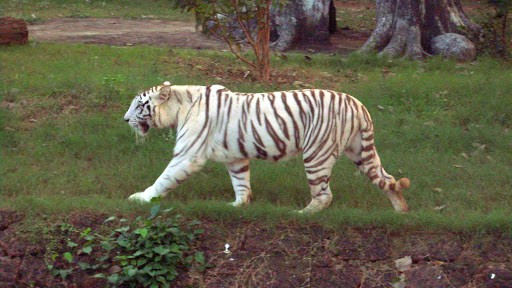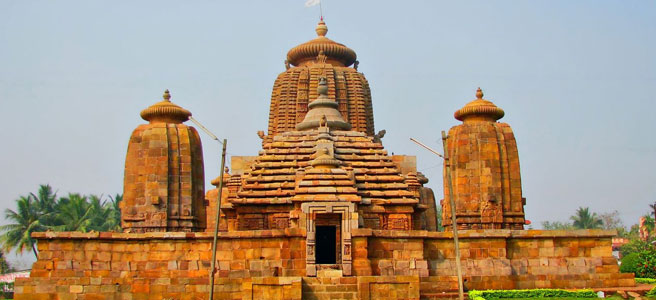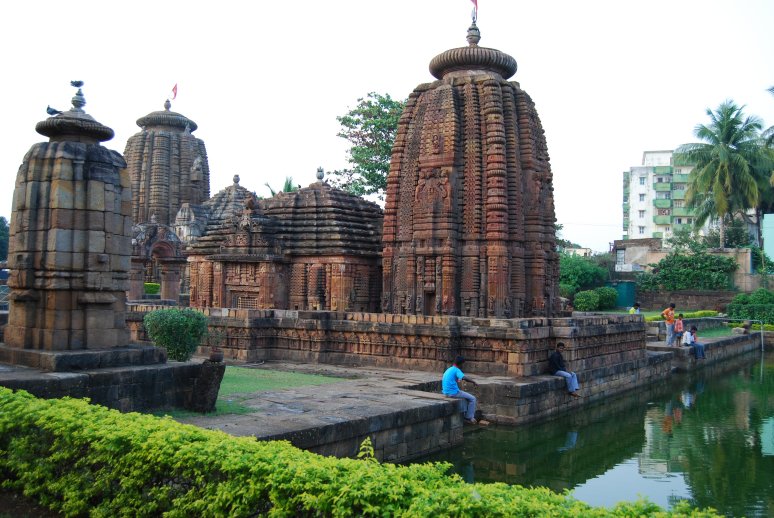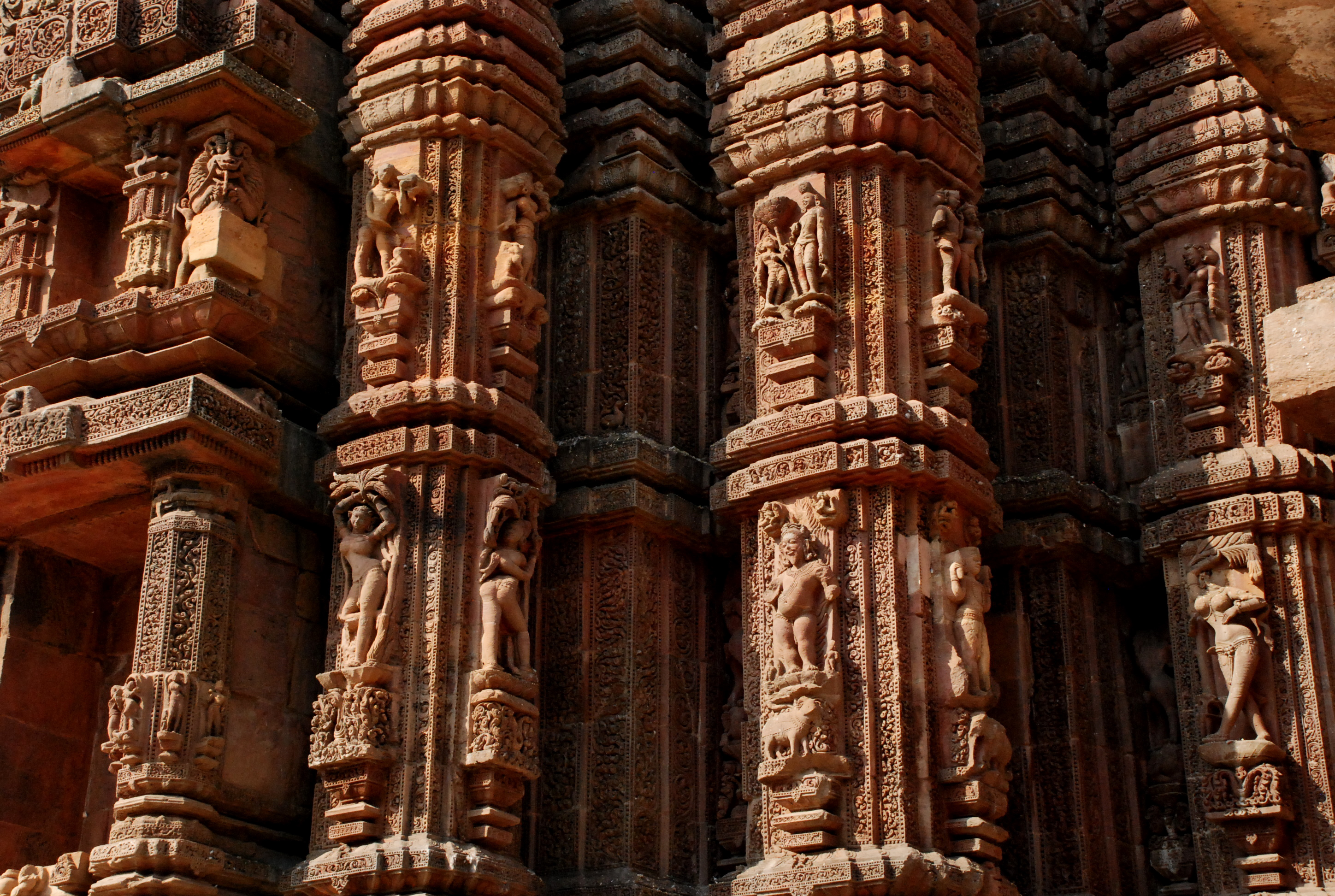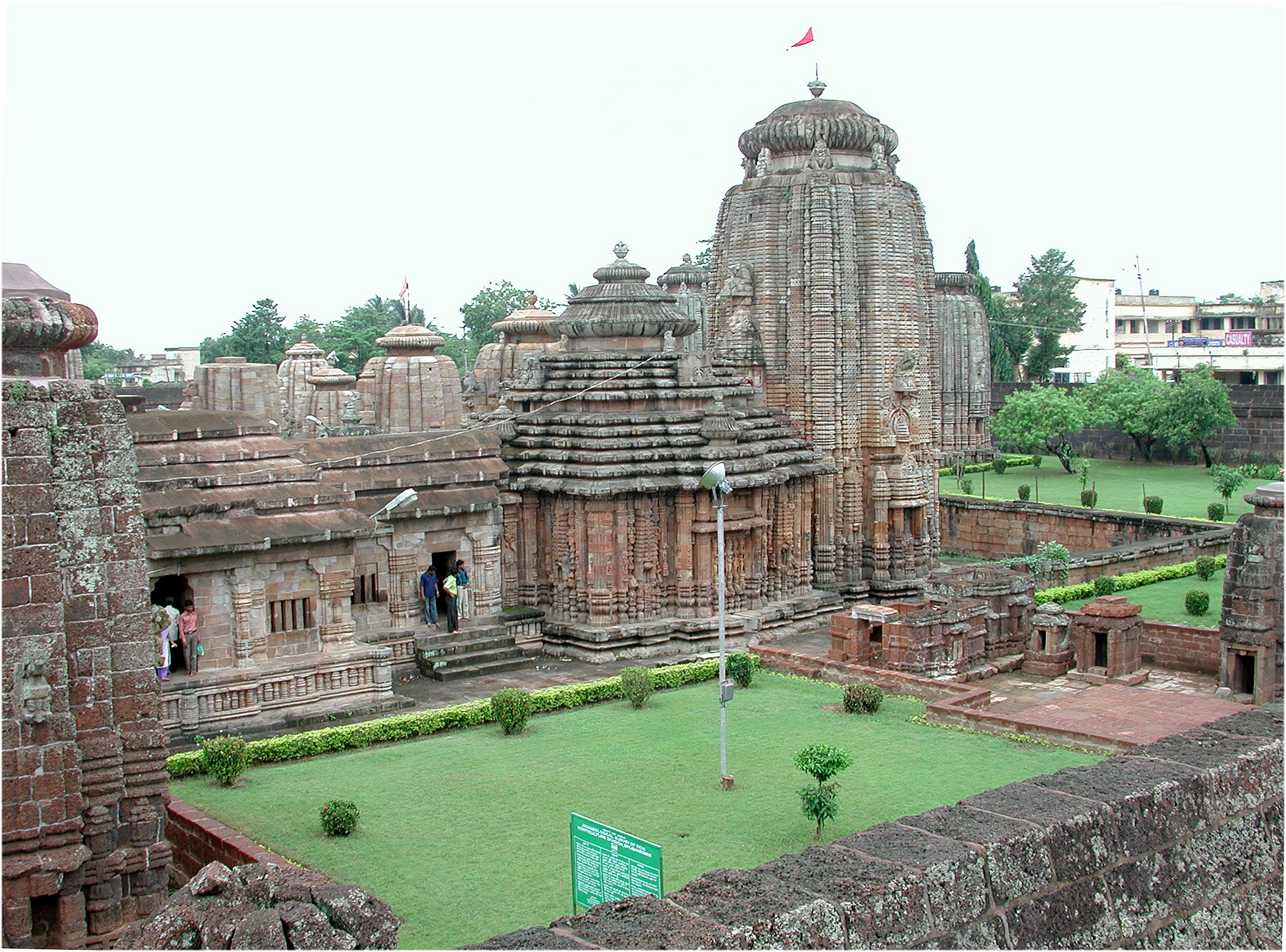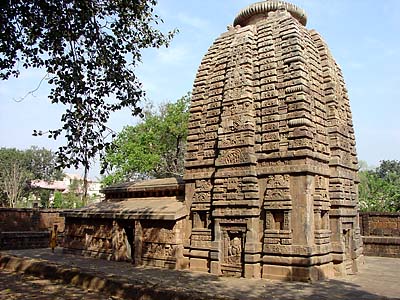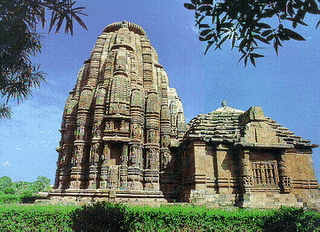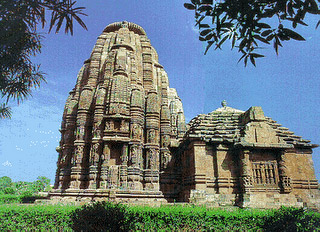Bhubaneshwar, The Temple Town of India
General Information
District:KhordhaState:OrissaCountry:IndiaArea:65.03 Sq. Km.Language Spoken:Oriya, Hindi, EnglishLong Distance Code:+91-674Importance:Capital of the state of OrissaBest Time To Visit:October to FebruaryDescription:
Bhubaneshwar, the capital of the ancient state of Orissa is commonly known as the temple town of India. The area which was known as Kalinga in the ancient days was ruled by many a rulers, including the great Emperor Ashok of the Maurya dynasty. Bustling with modernity today, Bhubaneshwar reverberates with echoes of the past. Rich with cultural and traditional heritage, Bhubaneshwar derives its name from the word Tribhuvaneshwar, meaning Lord Shiva. It was near Bhubaneshwar that the great Emperor Ashok had to face a tough battle against the Kalinga after which he renounced violence and embraced Buddhism.
Bhubaneshwar boasts of having nearly 10,000 temples in the past of which nearly 500 still have survived the wrath of time. The temples are an architectural extravaganza spanning nearly 25 centuries. The temples are the epitome of the architecture in Orissa style temple architecture. Along with Hinduism, Jainism and Buddhism also have made a deep impact into the architectural culture of the city.
Bhubaneshwar is the starting point of the Golden Triangle for the tourists in the east.
Not only temples, but ancient cave paintings, wild nature, beautiful sea beaches and the rituals and the traditions followed by the tribes that are the prime inhabitants of this part of the country, is what interests the tourists from all around the world.
The city has two clear divisions, one belonging to the glorious past and the other throbbing with modernity and pace. At one end stand the ancient rock cut caves and on the other is the massive complex of the Orissa secretariat. While there are ancient shrines and royal edifices, the centre of the city has all signs and symptoms of the modern city.
The sense of continuity and the excellence of existence in harmony is much evident in Bhubaneshwar than any other city in India.Location:
The capital of Orissa, Bhubaneshwar, is located on the far eastern coast of Orissa. Situated in the district of Puri, the Bay of Bengal is on the east while it is surrounded by the districts of Jagatsinghpur, Khorda and Cuttack. As being situated on the eastern coast of the Indian sub-continent, it experiences a typical tropical and climate and is best visited during the winter months from October to February.Climate:
Bhubaneshwar experiences extreme weather. The place starts getting heated up righ since the beginning of March and stays hot till June. December brings in severe winters too.
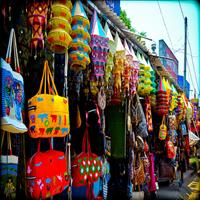 Appliqué work is one of the most famous handicrafts of India and can be seen all around India with different styles particular of the state creating its own unique characteristic. While going towards the holy beach town of Puri, 20 kms away from the capital of Bhubaneshwar, is the small village of Pipli, famous for its Orissa style appliqué work.
Appliqué work is one of the most famous handicrafts of India and can be seen all around India with different styles particular of the state creating its own unique characteristic. While going towards the holy beach town of Puri, 20 kms away from the capital of Bhubaneshwar, is the small village of Pipli, famous for its Orissa style appliqué work.The art is ancient patronized by the kings of Puri, particularly for the service of Lord Jagannath. The kings specially set up a village for the artisans; this village is today famous as Pipli. Today most of the people of this small village are engaged in the same profession and the rows of shops in Pipli flaunt appliquéd handbags, bed sheets, wall hangings, purses, cushion covers, letter cases, pillow covers, canopies and garden umbrellas.
This is a delicate art where fluorescent coloured cloth is used to cut into motifs of various flowers, animals and human figures which are equally delicately sewed upon the other material. One of the finest souvenirs to be carried from Orissa, the Pipli handicraft items are the most authentic that can be found in the whole state.
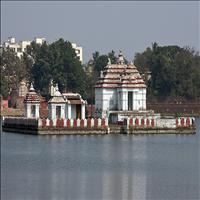 The Bindu Sagar is a lake near the chief temple of Lingaraj in Bhubaneshwar. The tank is supposed to contain water from every holy river, pool and stream of India and hence is considered to be the most pious one. It used to have many temples on the banks of which hardly any remain. It is said that a dip in these waters washes away all the sins.
The Bindu Sagar is a lake near the chief temple of Lingaraj in Bhubaneshwar. The tank is supposed to contain water from every holy river, pool and stream of India and hence is considered to be the most pious one. It used to have many temples on the banks of which hardly any remain. It is said that a dip in these waters washes away all the sins. The Orissa State Museum in the city of Bhubaneshwar is a place worth a visit. Located in a huge and an ancient structure, the museum houses the most notable excavation found in and around Bhubaneshwar. The Tribal Research Institute Museum is one of its kinds present in Bhubaneshwar. It is an anthropological research centre where you get a glimpse of the tribal life of Orissa. Their houses, the life style, their art and architecture, the handicrafts of the tribes all are on display in the museum.
The Orissa State Museum in the city of Bhubaneshwar is a place worth a visit. Located in a huge and an ancient structure, the museum houses the most notable excavation found in and around Bhubaneshwar. The Tribal Research Institute Museum is one of its kinds present in Bhubaneshwar. It is an anthropological research centre where you get a glimpse of the tribal life of Orissa. Their houses, the life style, their art and architecture, the handicrafts of the tribes all are on display in the museum.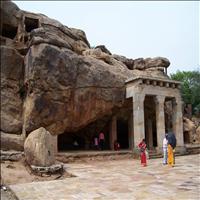 These rock cut caves, around 8 kms from Bhubaneshwar on the hills of Udayagiri and Khandagiri; belong to 1st and 2nd century B.C. These caves built during the reign of Kharavela King, were meant to be prayer halls and dwelling places for the Jain monks. Some of the caves have been exquisitely carved and beautifully ornate with some of the finest specimen of carvings of that era. The Rani Gumpha or the queen's cave and the Hathi Gumpha or the elephant cave is of particular importance. The Rani Gumpha particularly has the most exotic carvings and the Hathi Gumpha shows the chronicles of the reign of King Kharavela.
These rock cut caves, around 8 kms from Bhubaneshwar on the hills of Udayagiri and Khandagiri; belong to 1st and 2nd century B.C. These caves built during the reign of Kharavela King, were meant to be prayer halls and dwelling places for the Jain monks. Some of the caves have been exquisitely carved and beautifully ornate with some of the finest specimen of carvings of that era. The Rani Gumpha or the queen's cave and the Hathi Gumpha or the elephant cave is of particular importance. The Rani Gumpha particularly has the most exotic carvings and the Hathi Gumpha shows the chronicles of the reign of King Kharavela.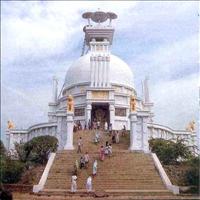 Dhauli, a small village 8 kms from Bhubaneshwar, situated in the lush paddy fields is famous for the Kalinga war that was fought nearly 2000 years ago. The Mauryan Emperor Ashoka in his course to expand his kingdom fought a reckless war at Kalinga. The people of Kalinga known for their valour and strength gave him and his army a tough fight. The Kalinga war was the bloodiest battle that the army of Ashoka had to face. It was after seeing the aftermath of this war that he renounced violence and embraced Buddhism. Ashoka in his venture to spread the religion erected many rock edicts throughout the length and the breadth of India, Nepal, Pakistan and Afghanistan.
Dhauli, a small village 8 kms from Bhubaneshwar, situated in the lush paddy fields is famous for the Kalinga war that was fought nearly 2000 years ago. The Mauryan Emperor Ashoka in his course to expand his kingdom fought a reckless war at Kalinga. The people of Kalinga known for their valour and strength gave him and his army a tough fight. The Kalinga war was the bloodiest battle that the army of Ashoka had to face. It was after seeing the aftermath of this war that he renounced violence and embraced Buddhism. Ashoka in his venture to spread the religion erected many rock edicts throughout the length and the breadth of India, Nepal, Pakistan and Afghanistan. The Rock edicts of Dhauli are probably the first to be erected in this venture of his. The rock edicts ask the administrators of the region to look after masses like his children. Here he also apologizes for the Kalinga war. From these war edicts Ashoka only emerges as an able administrator, an intelligent human being and as a devoted Buddhist. Considering the importance of this place, there is a huge pagoda that has been built here to commemorate the event.
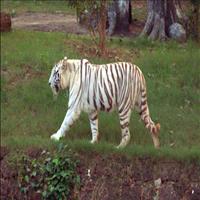 One of the most well kept and famous zoological parks of India, the name Nandankanan means, the Garden of Gods. Nandankanan is set amid the forest and the lake of Chandaka with a beautiful Botanical garden. Famous for its whooping population of the white tigers, around 35 presently, Nandankanan zoo is home for many a rare species of the tigers. The park boasts of keeping the animals in the most natural conditions and breeding the rare mammal such as the white tiger in captivity to the maximum.
One of the most well kept and famous zoological parks of India, the name Nandankanan means, the Garden of Gods. Nandankanan is set amid the forest and the lake of Chandaka with a beautiful Botanical garden. Famous for its whooping population of the white tigers, around 35 presently, Nandankanan zoo is home for many a rare species of the tigers. The park boasts of keeping the animals in the most natural conditions and breeding the rare mammal such as the white tiger in captivity to the maximum.A good excursion point, the zoological park and the botanical gardens are hardly 20 kms away from the capital city of Bhubaneshwar. The botanical gardens have many a rare species of plants and flowers. Given the status of a sanctuary in 1960, the Nandankanan has various mammals, birds, reptiles and plants. The lake standing in between the zoo and the botanical garden provides an added attraction to the park. The ropeway plying between the zoological park to the botanical gardens, over the lake is exciting.
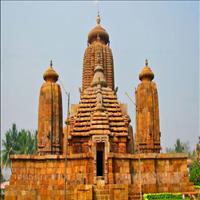 This temple also dedicated to Lord Shiva had been a pioneer in many an architectural aspects during that time. It was the first time that the iron beams were used in construction of this temple. It was also the first time that the drummers and dancers were shown on the outer walls of any temple. Thus it depicts the maturity in the Oriyan school of Architecture.
This temple also dedicated to Lord Shiva had been a pioneer in many an architectural aspects during that time. It was the first time that the iron beams were used in construction of this temple. It was also the first time that the drummers and dancers were shown on the outer walls of any temple. Thus it depicts the maturity in the Oriyan school of Architecture.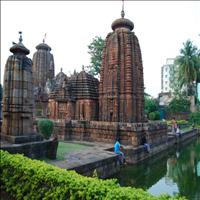 This exquisitely executed 10th century temple dedicated to Lord Shiva, is referred to as the gem of Oriya architecture. It was built in the period when the early architecture had reached its zenith and was on a decline while the new was yet to start. The temple of Mukteshwar shows the unique blend which the people of Orissa were bound with. The outer facades of the wall are adorned with the sculptures from the Panchatantra and stories from Buddhist and Jain scriptures.
This exquisitely executed 10th century temple dedicated to Lord Shiva, is referred to as the gem of Oriya architecture. It was built in the period when the early architecture had reached its zenith and was on a decline while the new was yet to start. The temple of Mukteshwar shows the unique blend which the people of Orissa were bound with. The outer facades of the wall are adorned with the sculptures from the Panchatantra and stories from Buddhist and Jain scriptures.The highlight of the temple is the huge gateway known as the Torana. This arch shows the influence of Buddhist architecture in Orissa. The temple also has sculptures depicting various positions of meditation by ascetics.
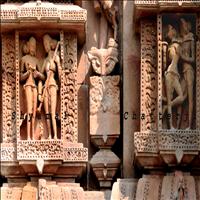 The Raja Rani temple is one of the most unique temples of Bhubaneshwar. Set amidst the paddy fields in a picturesque background, this temple does not have any presiding deity inside the shrine. The name conferred upon it seems to have been given much later from the stone that was used building it, which is locally called the rajarani stone. This temple, built in the 11th century has beautiful sculptures of women in various poses. The anatomy of these sculptures is perfect and one is awestruck watching these figures, seen in amorous dalliance, as well as engaged in such activities as holding children, looking in mirrors, and playing with pet birds. Then there are guardians of the eight directions watching over the eight cardinal points.
The Raja Rani temple is one of the most unique temples of Bhubaneshwar. Set amidst the paddy fields in a picturesque background, this temple does not have any presiding deity inside the shrine. The name conferred upon it seems to have been given much later from the stone that was used building it, which is locally called the rajarani stone. This temple, built in the 11th century has beautiful sculptures of women in various poses. The anatomy of these sculptures is perfect and one is awestruck watching these figures, seen in amorous dalliance, as well as engaged in such activities as holding children, looking in mirrors, and playing with pet birds. Then there are guardians of the eight directions watching over the eight cardinal points.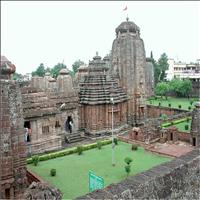 Lingaraj temple dedicated to lord Shiva is the presiding deity of the city of Bhubaneshwar. This 11th century temple was earlier known as the Tribhuvaneshwar temple from where Bhubaneshwar derives its name. Built by Lalatendu Keshari of Somvansi dynasty, during the peak of the Jagannath cult in the 7th century it was later added on by many a kings and dynasties.
Lingaraj temple dedicated to lord Shiva is the presiding deity of the city of Bhubaneshwar. This 11th century temple was earlier known as the Tribhuvaneshwar temple from where Bhubaneshwar derives its name. Built by Lalatendu Keshari of Somvansi dynasty, during the peak of the Jagannath cult in the 7th century it was later added on by many a kings and dynasties.With height the of around 180 meters this temple dominates the sky line of Bhubaneshwar. The temple built in Hindu architectural form, typical of Orissa, has a hall of dance called the Natamandir, the hall of offering called as the Bhog Mandap and the Jagamohan, the porch. The idol inside is that of Swayambhu or self-made Lingam, half Shiva and half Vishnu which is a unique feature going in accord with the Jagannath cult expressing a fair harmony within the religion. The intriguing temple complex of Lingaraj temple has mostly all the Hindu deities, pertaining to the Jagannath cult.
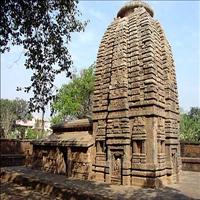 One of the oldest existing temples of Bhubaneshwar, the Parashurameshwar temple is dedicated to Lord Shiva. Built in 650 A.D., this temple is a fine example of the Kalinga School of architecture. Along with Lord Shiva one can also find the idols of Vishnu, Sun God, Yama and Mother Goddess. The temple is lavishly decorated with floral motifs, human and animal figures.
One of the oldest existing temples of Bhubaneshwar, the Parashurameshwar temple is dedicated to Lord Shiva. Built in 650 A.D., this temple is a fine example of the Kalinga School of architecture. Along with Lord Shiva one can also find the idols of Vishnu, Sun God, Yama and Mother Goddess. The temple is lavishly decorated with floral motifs, human and animal figures.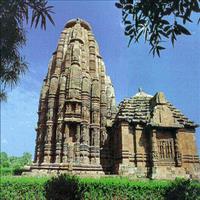 This 8th century built temple is dedicated to Goddess Kali, a form of Durga or energy. But here it is portrayed in the form of a tantric deity. The deity is placed in a dark sanctum with a garland of skulls around her neck. It is also probably the first temple to depict erotic sculptures on its walls. The unique part is that the sculptures are present only on the inner walls and the outer surface is plain and does not have any motif.
This 8th century built temple is dedicated to Goddess Kali, a form of Durga or energy. But here it is portrayed in the form of a tantric deity. The deity is placed in a dark sanctum with a garland of skulls around her neck. It is also probably the first temple to depict erotic sculptures on its walls. The unique part is that the sculptures are present only on the inner walls and the outer surface is plain and does not have any motif.